
As we move into 2025 and prepare for planting, think carefully about what you can do to set your soil up for a successful harvest. It should start with soil structure, fertility and nutrition. For me, soil testing is absolutely crucial to making good planting decisions – too much and you are wasting money – […]
Read More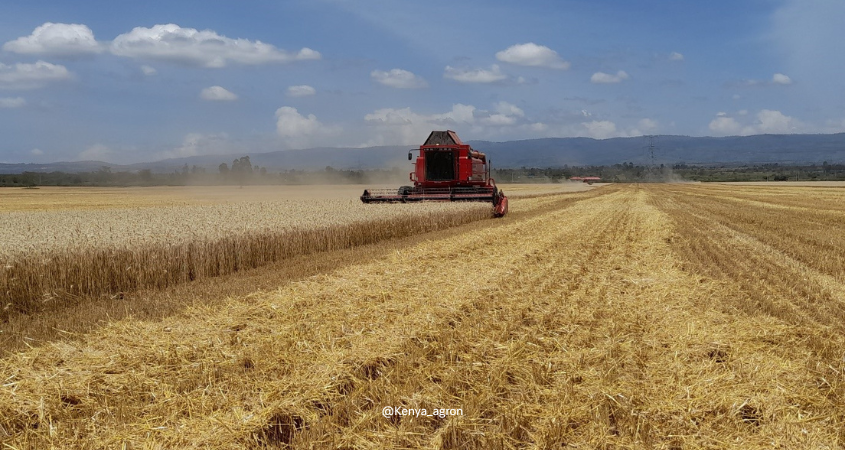
This will be a harvest that is unfortunately remembered for many years to come, for pre-harvest sprouting in wheat. We can’t say we couldn’t have seen it coming after a run of fairly easy, dry harvests but what is different about this harvest is that we have generally moved away from the highest-risk varieties like […]
Read More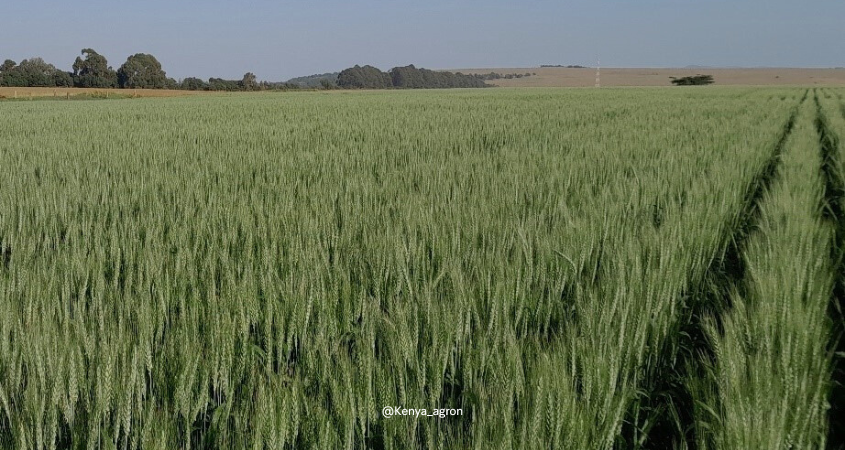
Think Agronomy Newsletter – July 2024 Having recently completed an exercise comparing wheat production costs and gross margins on clients’ farms, it is clear that there are a lot of improvements we can make by learning from each other. Variable costs alone have risen by around 65% in the past five years so it is […]
Read More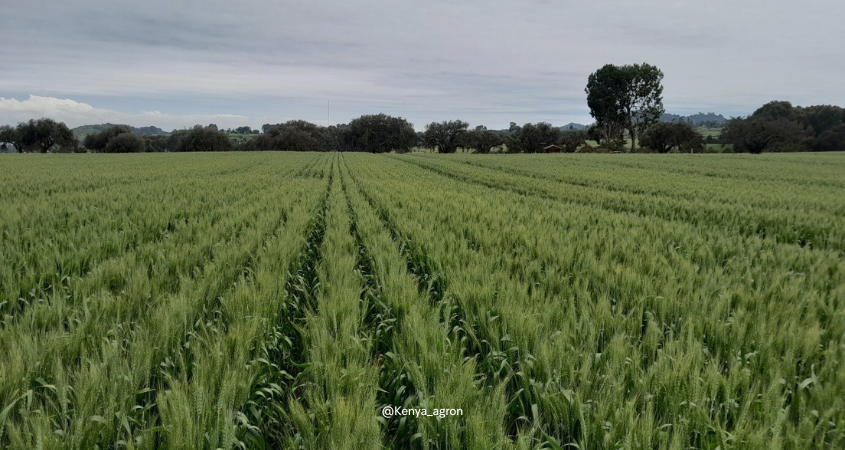
Think Agronomy Newsletter – June 2024 Growing a big crop that looks really promising… in a season with good rainfall… until those tell-tale white bleached ears appear when you are on the home straight. There is nothing more soul-destroying than seeing a great crop become heavily infected with Fusarium. Yield alone will be damaged, but […]
Read More
Think Agronomy Newsletter – May 2024 With good rain around there is a lot of potential in maize crops, so pushing them to reach their potential makes a lot of sense. Topdressing is one of those inputs that can really make a big difference to yields, with the addition of nitrogen raising yields by another […]
Read More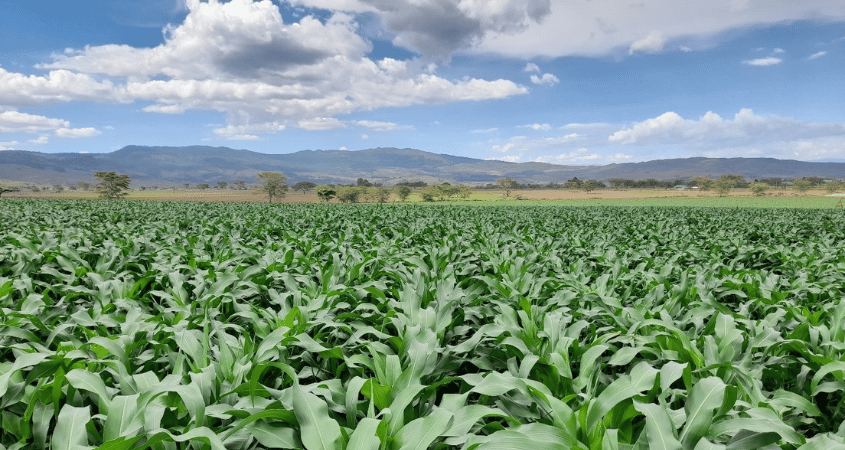
Think Agronomy Newsletter – April 2024 Since its arrival in 2017, Fall Armyworm has for some been a recurring challenge. For others, much less of a problem. I have been slightly surprised this season by the higher levels of damage early on in crops than I have seen in recent years, but these are not […]
Read More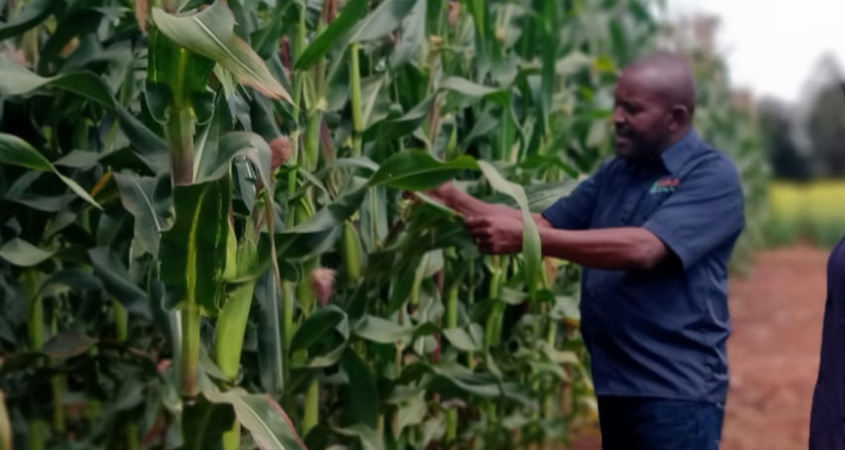
Think Agronomy Newsletter – Updated on Wednesday, 13th March 2024 Visiting the agrovets presents a bewildering choice at this time of year, as that all-important decision around which maize seed to plant comes closer. We take a look at some of the options available for 2024 for high and mid-altitude areas. Highland The choices for […]
Read More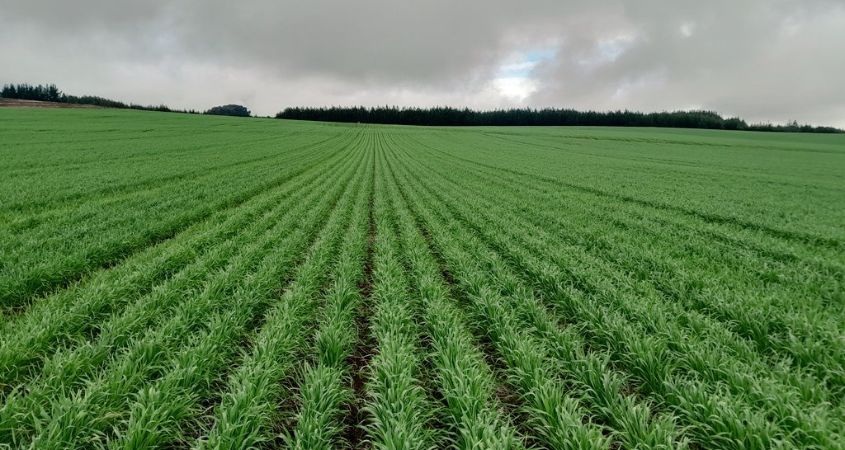
You have chosen your favourite variety, prepared the soil and are ready to plant. Hopefully you have examined the soil structure and taken action to remedy any compaction or structural issues, now you just need to load the planter with seed…. and fertiliser. One of the most important things you can do is take a […]
Read More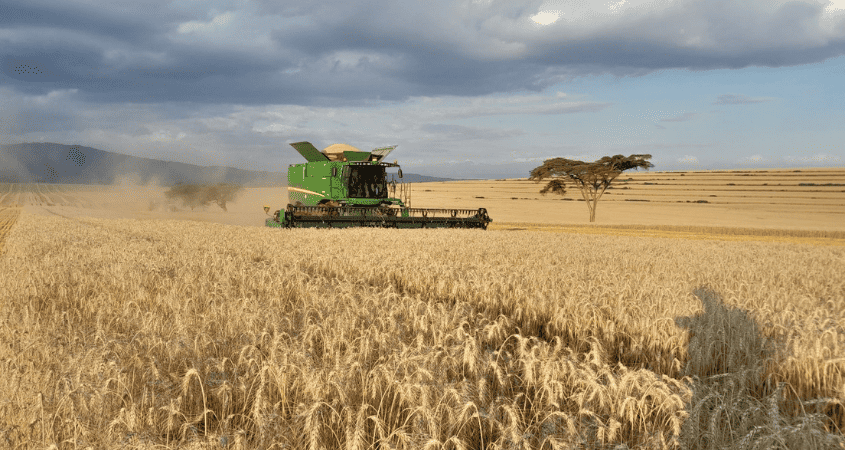
The arrival of a new fungicide that has passed ever-stricter safety and environmental scrutiny, and improves the standard of disease control in crops is always big news. Newly launched fungicide Elatus Arc from Syngenta appears at a time when registering new chemistry is becoming increasingly challenging globally, and resistance to fungicides is developing at an […]
Read More
Maize silage is possibly the number one choice for high-yielding dairy cows, with high energy content and high intakes. But what makes a good forage maize variety? After six trials we have found large and consistent differences in yield and feed quality between various hybrids, which should help farmers choose more suitable varieties for high-performing […]
Read More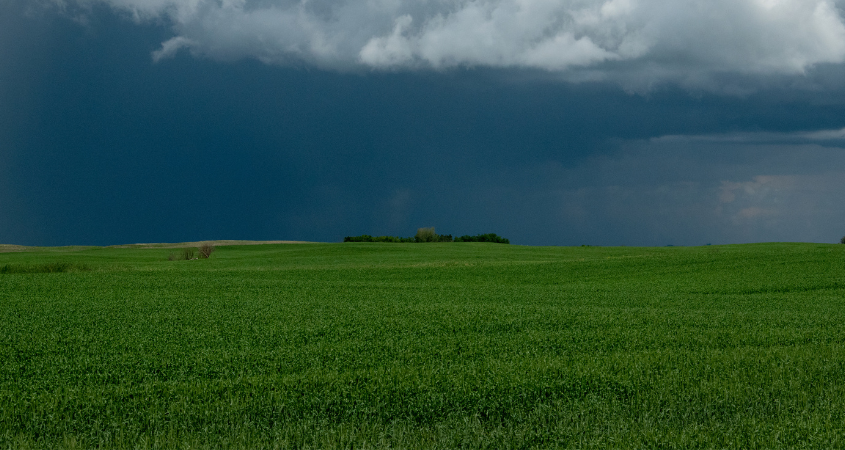
As speculation over an impending El Niño continues to build, growers are advised to plan ahead to ensure that they are not caught out at planting and are in a position to make the most of what could be a high-potential season. Several farmers familiar with the 1997/98 El Niño have told me “Be careful […]
Read More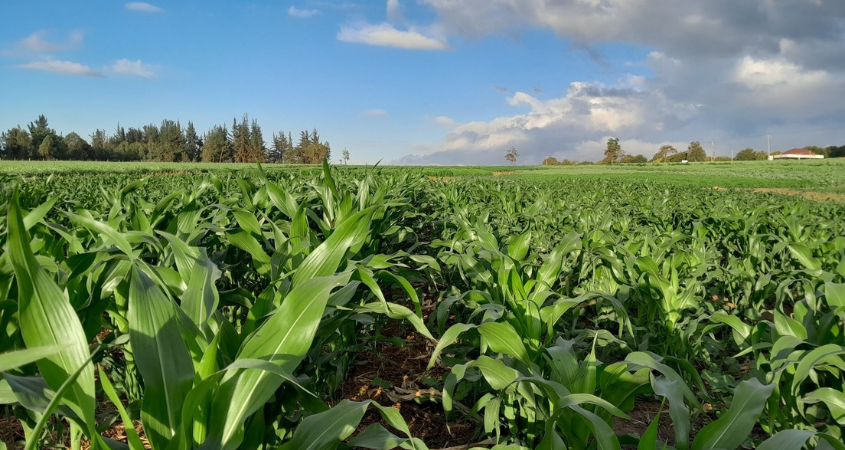
Every time I attend a talk, watch a video, or read an article on crop nutrition, the moment I hear the words “Nutrient X is important for [pollen formation / photosynthesis / insert any other process in the plant]”, I switch off. Whilst it is entirely true that different nutrients perform very different functions within […]
Read More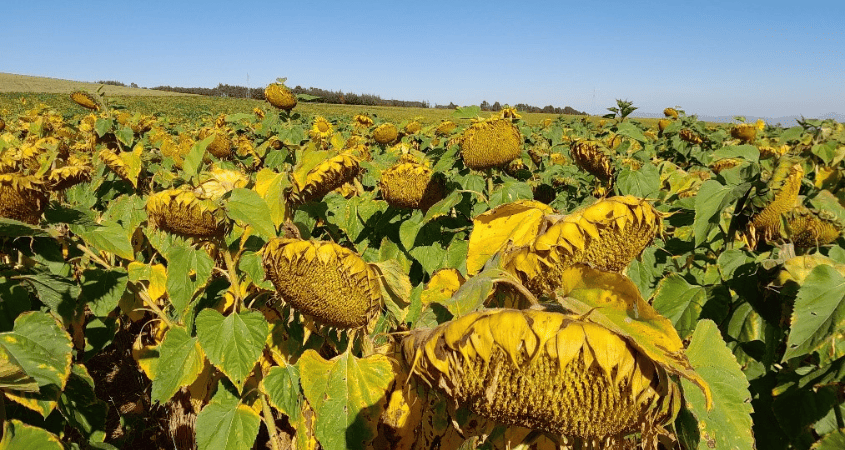
Cash flow, an opportunity to make a bit of profit, improve the soil, and to try out new crops in a lower-risk situation. It may seem a long way off, but these are the reasons why some of the very progressive farmers I work with use off-season crops after maize or wheat. For most farmers […]
Read More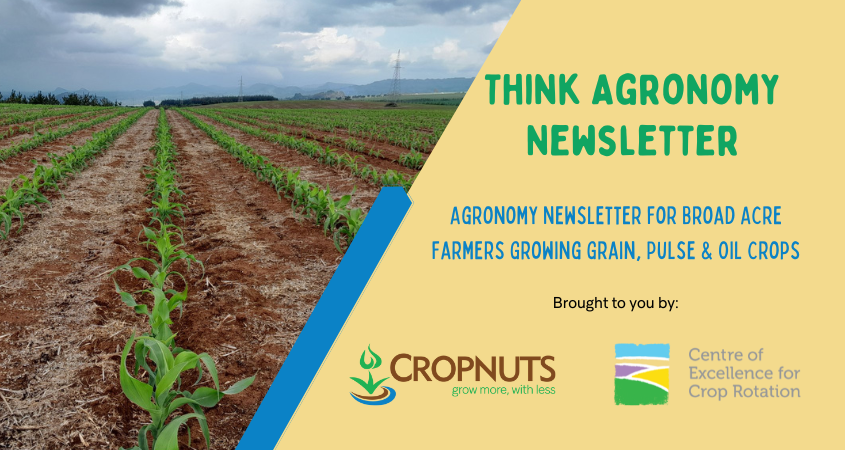
For five years we have tested maize plant populations, and every year we find that the existing advice to plant at 45-50,000 plants/ha does not produce the highest yields or the highest margin – or the best weed control. It is very clear that maize plant populations across the country need a fundamental re-think, and […]
Read More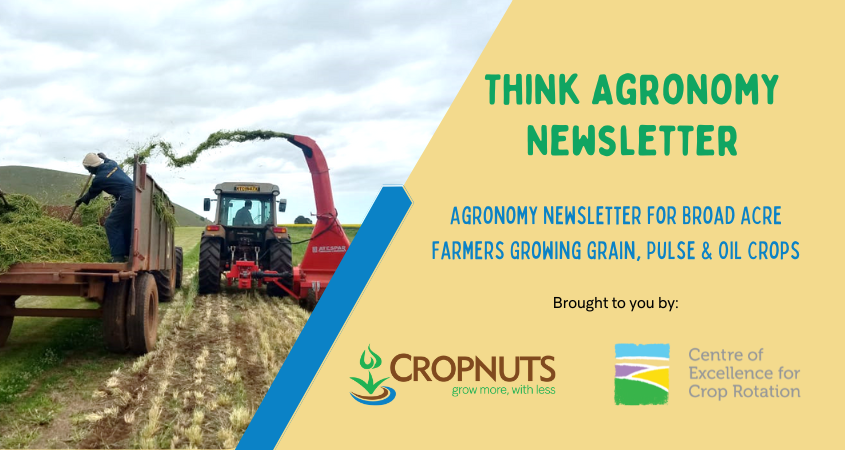
Maize silage Easy to establish and reliable, maize produces a very palatable and high-energy silage provided that it is well chopped and ensiled properly. Typically over 11 Mj of metabolisable energy per kilo, it is a great way of storing crop to feed for livestock later. The main drawbacks are that it needs to be […]
Read More
As we approach the potato planting season, good planning is essential to achieve the best from the crop and maximise your profits. We take a look at the steps to consider: Number 1 is certified seed; you do not need the crop to be held back by diseases such as Blackleg, Black Dot, and Rhizoctonia […]
Read More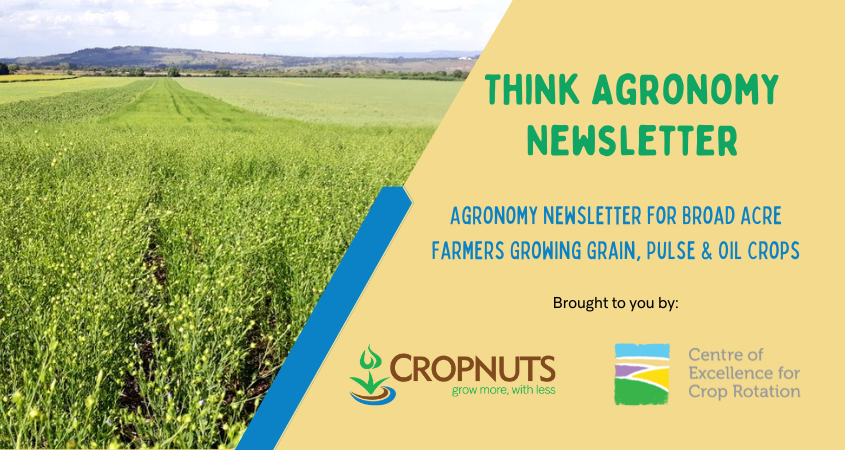
Legumes for a crucial part of the crop rotation on many levels, adding valuable soil nitrogen, reducing root diseases such as Take-all and Fusarium in cereals, improving soil structure and allowing control of grass weeds such as Brome and Ryegrass. Something that I have seen first-hand over the last few years in Kenya is the […]
Read More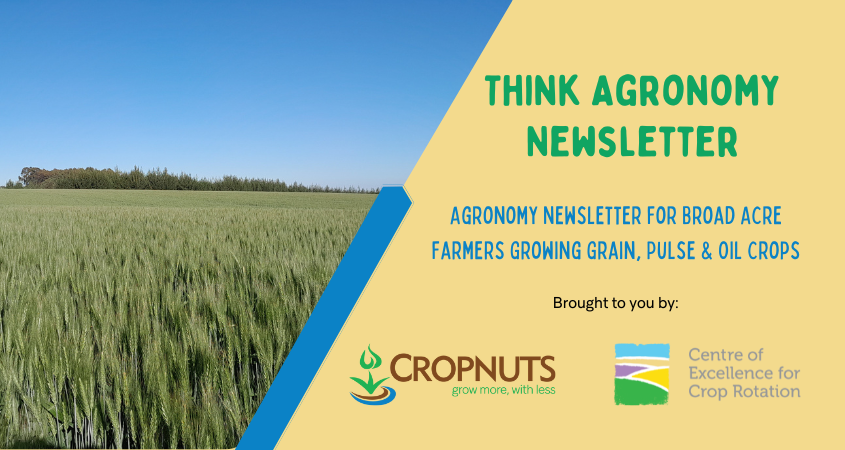
Choosing the right wheat variety is one of the most important steps to growing a profitable and reliable wheat crop. Disease resistance, yield, grain quality, sprouting risk, and many other factors should be taken into consideration so that the chances of achieving a high yield and Grade 1 quality with minimal risk and expenditure on […]
Read More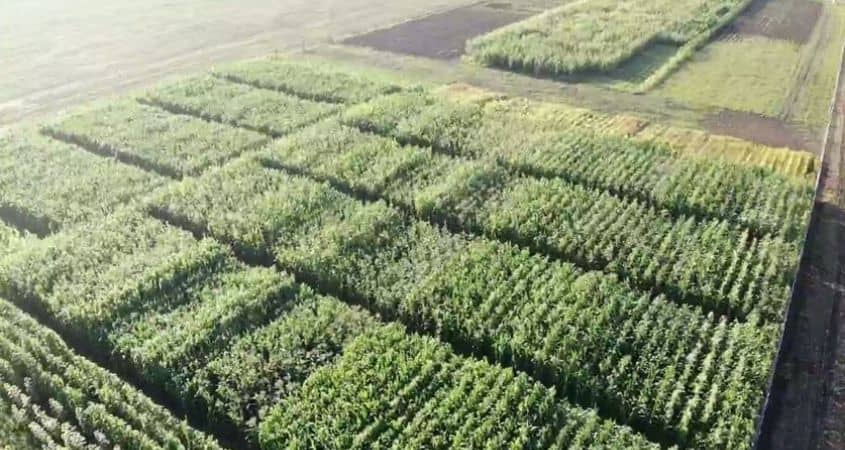
The trials team certainly had high expectations for their Nakuru Maize Variety Trial, but this extraordinary average yield certainly opened their eyes. The Nakuru site is just one of the 8 sites across the country that we’ve test varieties in different climates over the past 12 months. Had we grown the top-yielding variety in this […]
Read More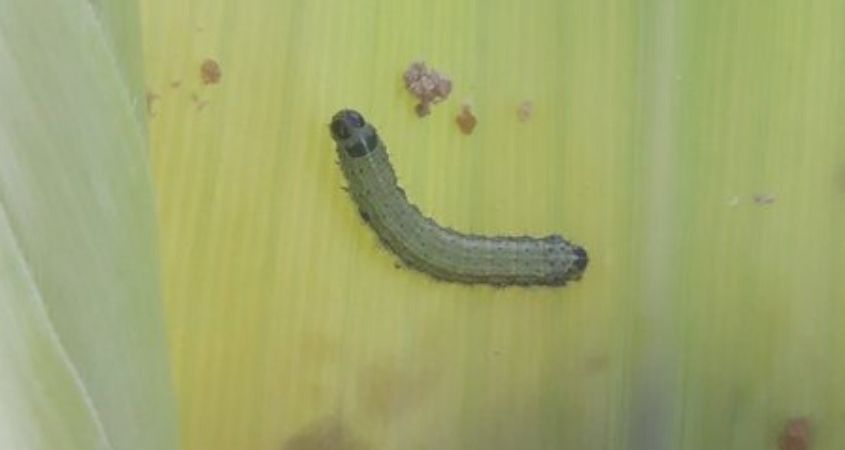
For the past three seasons growers have been reporting Fall Armyworm in the tips of cobs from silking right through to maturity, with damage at harvest similar to the photo below. Fall Armyworm numbers have clearly been on the decline since they first arrived in 2017, with some exceptions, and this year they appear to […]
Read More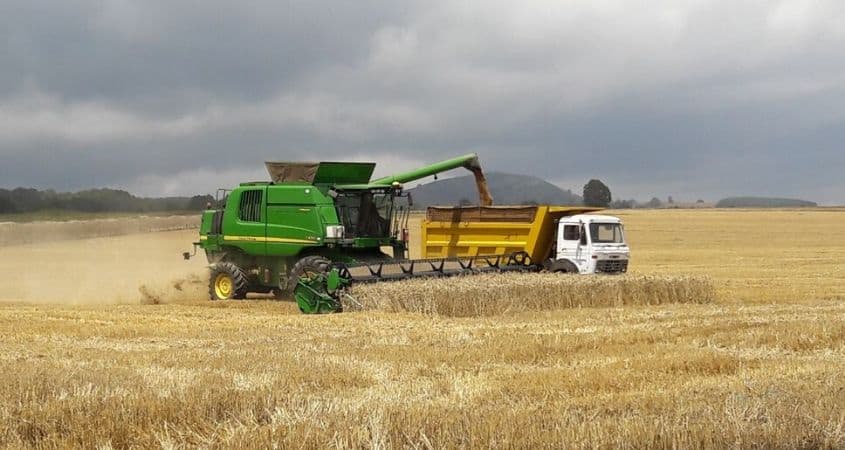
Bushel weight can make the difference between a profitable crop and one that you can’t even sell. Carrying on from our previous newsletter on how to improve your bushel weight, we take a look at how to get the fungicide program right to maximise your chances of getting a top price for your wheat. Fungicide […]
Read More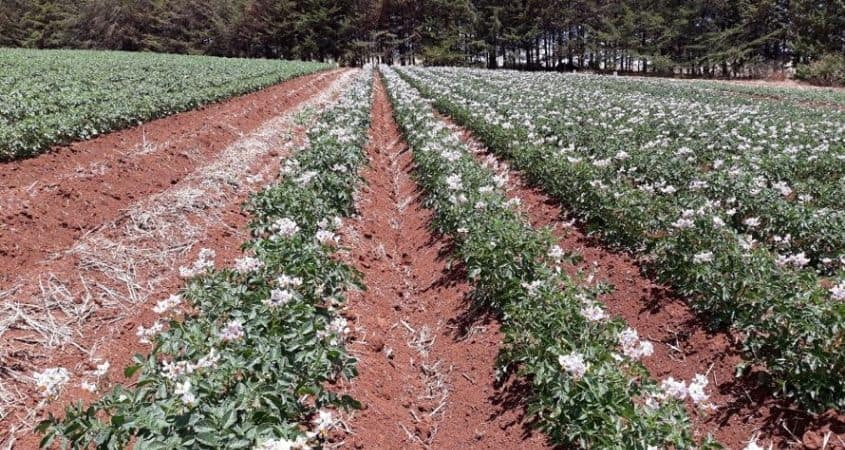
When it comes to Potato Farming, Getting weed control right in potatoes is crucial. Furthermore, weeds generally make mechanical harvesting difficult and compete with the crop for nutrients just as the tubers really start bulking. Here, we take a look at some of the weed control herbicides options to receive great yields from Potato Farming: […]
Read More
With malting barley plantings down considerably this year, many farmers will be growing extra acres of wheat to make up for the area lost. But what varieties should you grow to manage the risks of a big wheat area? Robin Still yields very well in our trials, and most importantly of all is consistent across […]
Read More
Think Agronomy 15th May 2020 If you set out to collect several hundred Fall Armyworm larvae for an experiment, I can tell you that it is a long task, which seems to take longer each year. Sure, if you look for them they are easy enough to find in fields that have perhaps not received […]
Read More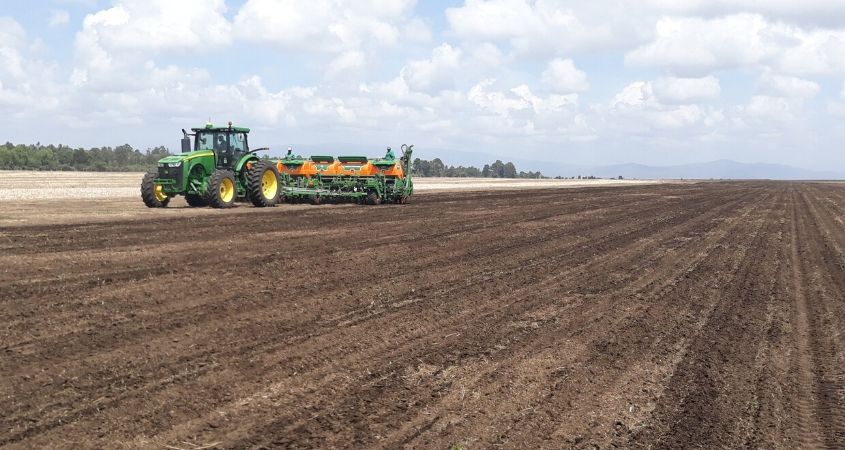
Soil or land preparation for farming is foundational when growing cereals like maize wheat and barley. In this article we’ll explore the key critical soil requirements for cereal production namely: soil sampling, soil preparation and planting & Deep Nitrogen Testing Soil Sampling Why soil sampling improves profitability How to sample properly Grid vs zone sampling […]
Read More
Knowing your farm cost of production is absolutely crucial for any farming business, and it is an integral part of the advice we give the farmers that we work with at Cropnuts. So every year we take a look through the actual farm input costs of growing different cereal crops (maize wheat & barley) and […]
Read More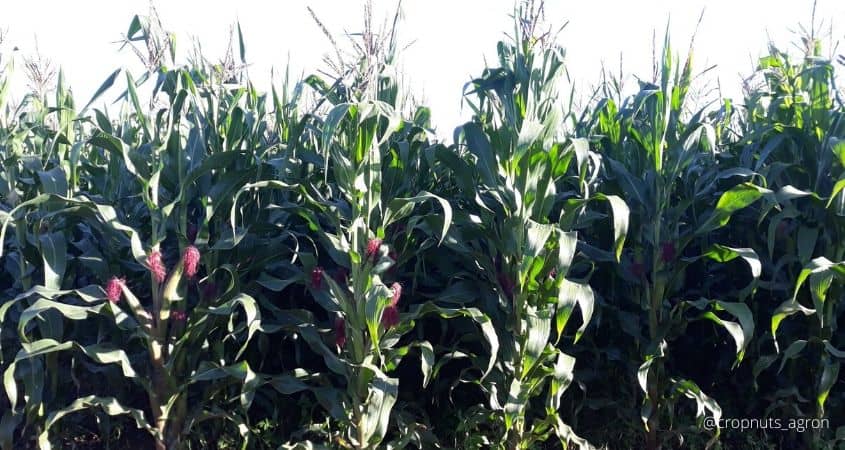
Maize plant population and seed rate comparison data from our maize variety trial sites has been very enlightening. Last week we looked at the results of our Cropnuts Maize Variety Trials in 2019 and highlighted how some maize varieties perform very differently at higher plant populations. Within the Variety Trials last year at every site, […]
Read More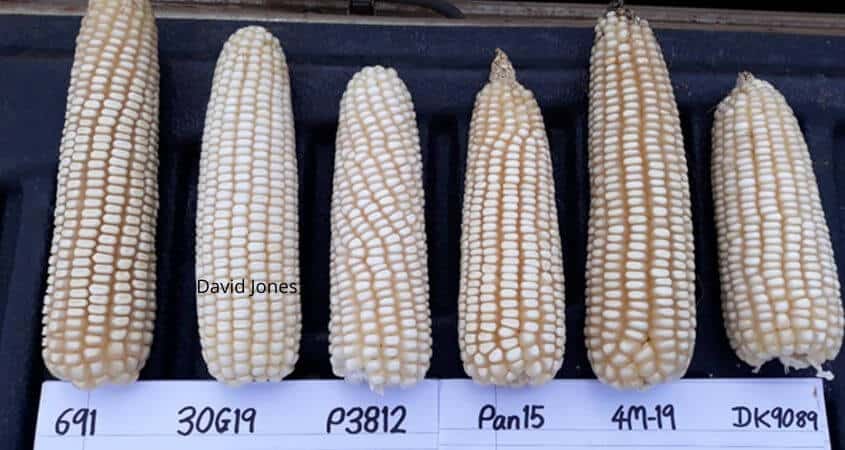
Maize varieties grown in Kenya, their strong attributes and their vulnerabilities, especially to certain pests & diseases as tested in our maize crop trials. Maize Variety List Pannar 691 Maize Variety Still arguably the standard for yield despite being released in 2001. In most highland areas it requires 160 days to maturity. Good disease resistance […]
Read More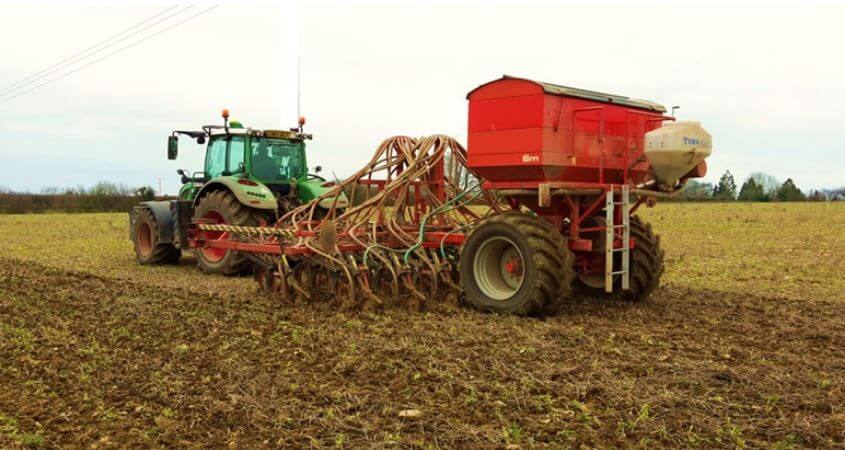
In this issue of #ThinkAgronomy we make comments on 3 crucial topics trending among broad acre farmers right now There seems to be a lot of conversation recently about seeders, so over the next few weeks we will be looking at a different manufacturer each week. First up is an interesting tine seeder from the […]
Read More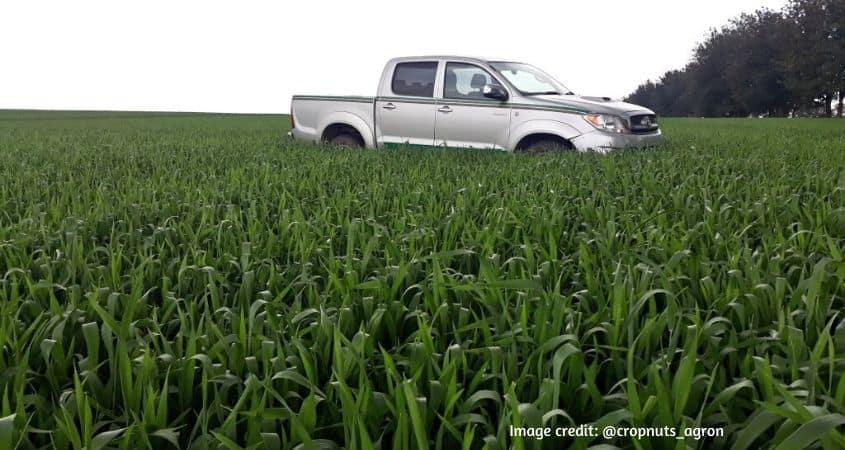
This week I take a look at wheat varieties in Kenya in anticipation of planting. Also we got latest trials results highlighting importance of Nitrogen and Sulphur in Canola Wheat Varieties List: Robin Njoro 2 Kwale Hawk Korongo Egale 10 Wren Tai Eldo baraka Mavuno Robin Still a solid wheat variety. First registered in 2009, […]
Read More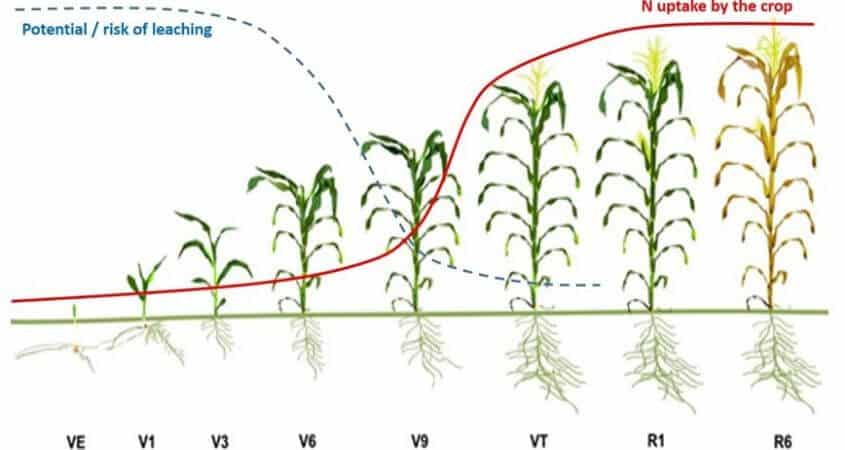
Top dressing fertilizer for maize works best when the timing is key; ie. when it is applied at the correct crop growth stage and at the recommended rate. This is why: For maize, Urea application timing depends on an understanding of the key growth stages. As many crops reach top dressing timing, we look at […]
Read More